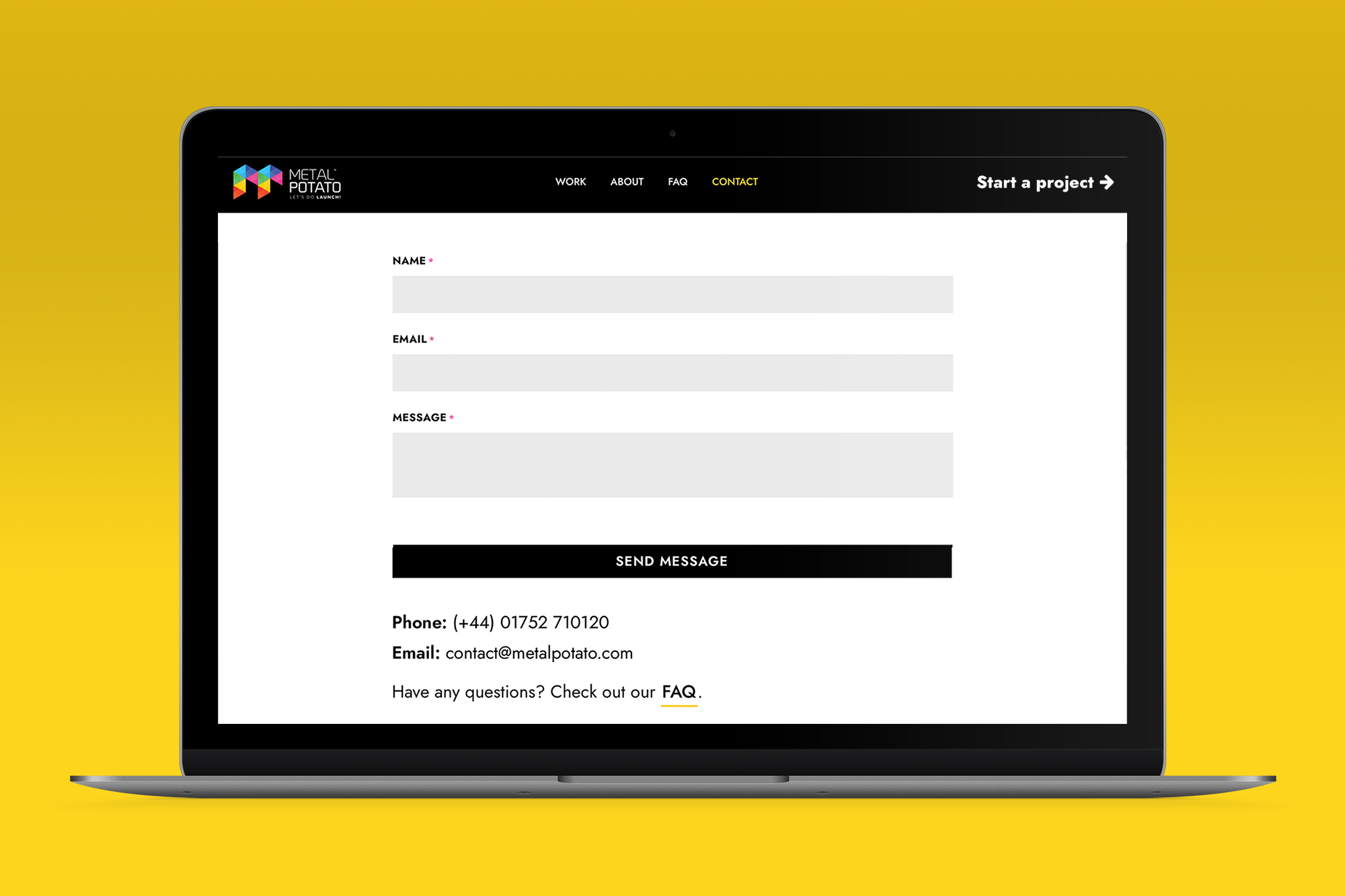Website optimisation, measuring and improving performance is crucial for businesses to succeed. One common method is Conversion Rate Optimisation (CRO), which involves selecting the right metrics to focus on.
When it comes to conversions, there are two types that play a crucial role: macro and micro conversions. In this article, we will explore the differences between these two types of conversions and discuss how to select and track them effectively.
What are Macro and Micro Conversions?
Conversions are actions that users take on your website, which you consider critical for your business. These actions can range from making a purchase to signing up for a newsletter or watching a video. Conversions are often referred to as goals, as they represent the objectives you want users to achieve on your site. Macro and micro conversions are two categories of conversions that provide valuable insights into user behavior.
Macro conversions are the primary actions that users can take, representing the main objective of your website. For example, on an eCommerce site, the macro conversion would be making a purchase. These conversions directly contribute to the success of your business and are typically focused on revenue generation or lead acquisition.
Micro conversions, on the other hand, are smaller actions that users take on the path to a macro conversion. They can be critical steps towards reaching a macro conversion or highly correlated with it, even if not necessary for the macro conversion itself. Examples of micro conversions include adding an item to a shopping cart, watching a video, or signing up for a newsletter. These actions provide insights into user engagement and help optimise the user journey towards a macro conversion.
Selecting the right macro and micro conversions
When selecting macro conversions, it is important to focus on the primary objectives of your website. Limit yourself to one or two macro conversions, as this allows you and your team to prioritise and concentrate on what truly matters for your business. The macro conversion(s) should align with the desired business outcomes of a user’s visit to your site.
When it comes to micro conversions, consider actions that are critical and actionable on the customer’s path to a macro conversion. Identify the steps that users typically take before completing a macro conversion and select the micro conversions that align with those steps. These micro conversions will help you understand the user journey and identify opportunities for improvement.
Common examples of macro and micro conversions
The selection of macro and micro conversions can vary depending on your industry and business goals. Here are some common examples across industries:
Macro Conversions:
- Making a purchase (eCommerce)
- Creating an account (social networks or freemium eCommerce sites)
- Signing up for a newsletter (content sites and brick-and-mortar stores)
- Requesting a demo (SaaS companies)
- Clicking through a sponsored link (affiliate sites)
Micro Conversions:
- Navigating on a catalogue
- Executing a product search
- Clicking on a search result
- Adding items to a shopping cart
- Creating an account
- Signing up for a newsletter
- Watching a video
- Adding items to a wishlist
- Browsing a certain number of products
- Scrolling down a page
- Liking or upvoting
It is worth noting that some micro conversions may also be considered macro conversions in specific contexts. For example, creating an account might be the ultimate goal for a new user on a social network, but it could be of secondary importance for an eCommerce site without a purchase.
Utilising macro and micro conversions
Macro conversions are typically used to calculate the overall conversion rate of your site, which is the number of users who took the macro conversion action divided by all users who visited your site. This conversion rate serves as a primary measure of success for product managers and marketing campaigns.
Micro conversions play a significant role in funnel analyses, helping to identify where users drop off on the path towards a macro conversion. By analysing the micro conversions, you can pinpoint areas of improvement and optimise the user journey. Product managers can use micro conversions as operational metrics to identify opportunities for enhancing macro conversions.
Tracking conversions
To track macro and micro conversions effectively, you can leverage tools like Google Analytics. In Universal Analytics (UA), you can set up goals to monitor the conversions you want to track. However, it’s important to note that Google Analytics 4 (GA4) will replace UA from July 2023. If you haven’t already set up GA4 on your website, it is recommended to do so to take advantage of its enhanced tracking capabilities.
GA4 offers several benefits for tracking conversions. Firstly, it refers to conversions as “conversions” rather than “goals,” providing clarity for digital marketers. Secondly, GA4 automatically tracks certain events such as page views, video views, and purchases, eliminating the need for manual setup in UA. These events can be easily converted into conversions with just one click, simplifying the analysis of micro conversions’ impact on your site.
Additionally, GA4 allows you to set up 30 conversions per property, compared to 20 in UA. It also enables tracking the same conversion multiple times within a visit. For example, if a customer buys multiple products in a single visit, GA4 counts each purchase as a separate conversion, providing a more accurate representation of user behavior.
Regardless of whether you use UA or GA4, utilising segments in your analysis can provide valuable insights into your conversions. Segments allow you to examine specific subsets of your data and understand how different user groups behave on your eCommerce site. For instance, you can analyse the purchasing behavior of shoppers from different countries or compare the behavior of new visitors versus returning visitors.
Conclusion
Understanding the differences between macro and micro conversions is essential for optimising website performance and achieving business objectives. Macro conversions represent the primary goals of your website, while micro conversions provide insights into user engagement and the user journey towards macro conversions.
Ready to optimise your website’s performance and drive conversions? Get in touch today and discover the ways we can support your business and unlock the full potential of your data.
Let's make a website!
Book a FREE video call to discuss your business, project strategy, and more!
"*" indicates required fields
More from Metal Potato
How to Write SEO Content That Converts
How to craft SEO content that climbs rankings! Strategies for keyword targeting, readability, and engaging writing techniques.
Contact Page Design: A Blueprint for Success
Learn how to optimise your contact page for better engagement and conversions with expert tips and inspiring examples.
Why Your Website Isn’t Showing Up on Google
Discover why your website isn't showing up on Google and learn actionable solutions to boost your visibility!
How Google Remarketing Rescues Lost Customers
Revive lost leads with Google Remarketing! Target engaged visitors, boost ROI with personalised ads across Google platforms.
Unmasking SEO Scams and Safeguarding Your Website
Guard your business against SEO scams! Uncover deceitful tactics, red flags, and empower your online success with our tips.
How Often Should You Blog?
Optimise your blog's success with the perfect posting frequency! Learn to balance consistency, quality, and engagement for organic growth.






